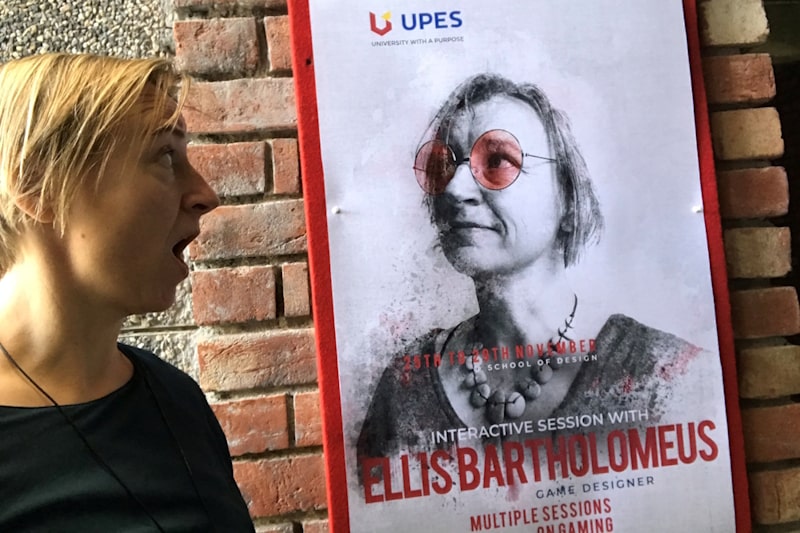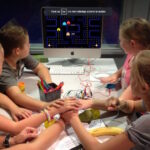There are at least four different ways to go about applying games to make an impact.
First, use existing games as an eye-opener for people to break through conventions and connect with others. For example, you can make four players play one Pac-man game and allow each player just one direction-control. They gain firsthand experience in the difficulty and challenge of communication and team play.
Second, incorporate the problem into a game. For instance, a simulation around the topic of AIDs in which the player is challenged to “save” a population in a country plagued with HIV infection. Players discover that solutions are not linear, and there is not just one good path in play. A proper balance is only understood after failing several times.
Third, apply game-elements around the problem in daily life. Have people literally change their behavior while playing around with habits. They can be helped to learn to deal with changes in a playful manner by teaching how to juggle a problem, first with one ball and then more and more balls.
Fourth, have people create their own games around a need or a topic so that they gain ownership. For instance, if you wish to make children learn a specific topic in algebra, ask them to design a game about it in small teams. Have them discuss the topic together, then reconstruct it and add game elements. When prototyping their design, they will realize some players have more problems understanding the game. They will search and find creative solutions to deal with different levels of understanding, and without knowing it, will have become experts on the topic (plus had fun while doing so ; ).
When using play as an intervention, assumptions need to be challenged. The player, the context and the issue need to be understood in order to determine why and how the experience inside the magic circle impacts life outside the circle.





